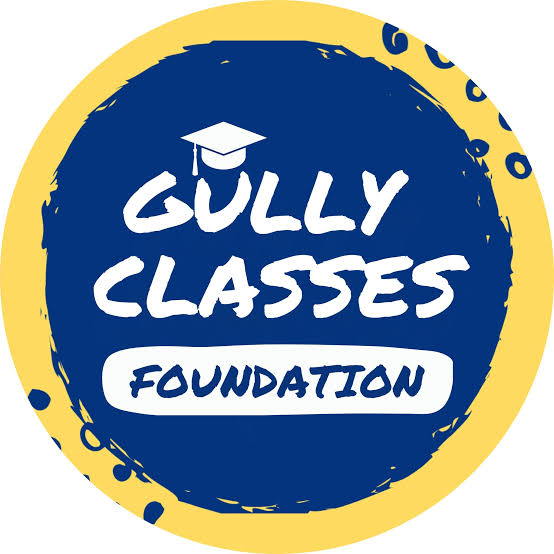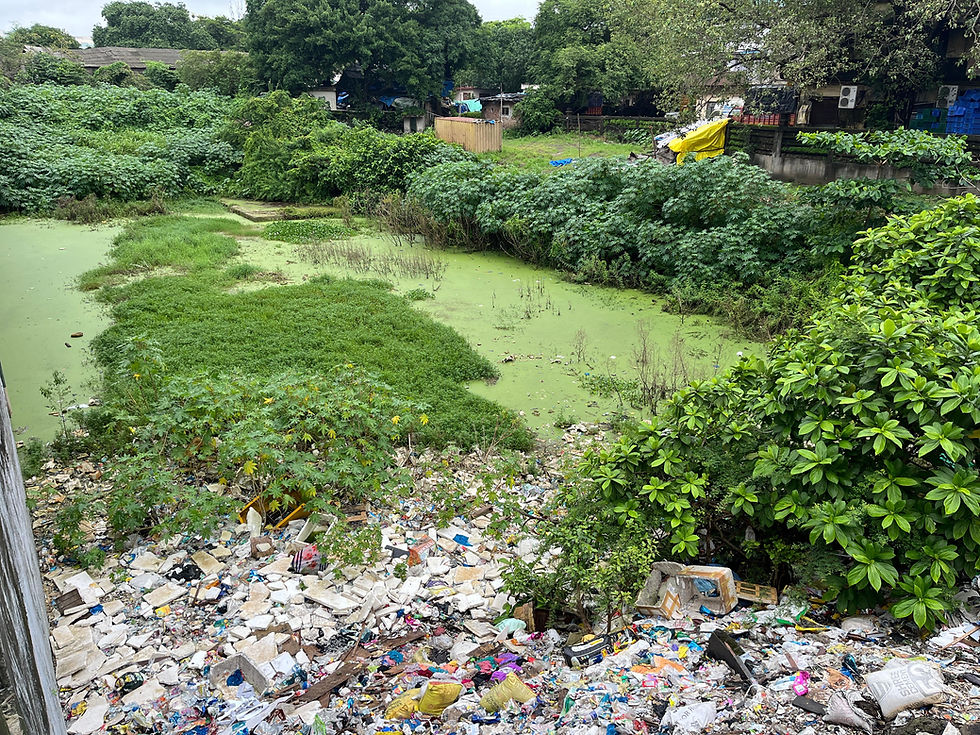Water is Life – Saving Water in Everyday Life
- Gully Classes Foundation

- Aug 3
- 3 min read
Welcome back to my little blog series, it is already week three! Today I would like to talk about a topic that I also came across during my first days in Mumbai. Namely, it is something that every one of us needs every day - water. And more specifically, I want to talk about the water situation in Mumbai.
When I went downtown for the first time, I saw a billboard in front of the Chhatrapati Shivaji Maharaj Vastu Sangrahalaya Museum stating “Don’t Waste Water” in English and Hindi. It was set up by the Municipal Corporation of Greater Mumbai as part of a campaign to raise awareness about the water crisis in Mumbai. And crisis is the right term to use here: many parts of the city, especially informal settlements and slums, suffer from serious water shortages and unequal access to clean water. While some areas get a steady supply, others often receive water for only a few hours a day or must rely on water tankers. Also, the area around one of the Gully Classes schools in Ghatkopar West is impacted by this situation - water is only accessible for one hour each day, between 3 pm and 4 pm. And there is only a single community fountain for a whole block, so it can get very crowded during this limited time.

Mumbai’s growing population puts huge pressure on the water system. Demand regularly exceeds the supply, especially in summer months and during drought years. Something that Mumbai is famous for is also one of the major reasons for the challenging water supply situation in the city. The many pipelines, like the famous but old Tansa Pipeline built by the British, are aging and often leak, leading to major water losses before they even reach homes. Combined with growing demand and uneven distribution, this puts immense pressure on the city’s ability to provide clean water to all residents. Bursts of pipelines can sometimes even be deadly for the surrounding residents, as was the case back in 2017 when a burst of the Tansa Pipeline led to major flooding and the deaths of two children. Adding to that, rivers like the Mithi are heavily polluted, and many natural water bodies have been encroached upon or degraded. This limits local water availability and increases dependence on far-away sources, like the Bhatsa Dam. Climate change is making water access even more unpredictable. Heavier but less frequent rains during the monsoon lead to more runoff and flooding, while also making it harder to capture and store water effectively. Despite the challenges, there are efforts underway to improve the situation. For example, the Mumbai Municipal Corporation has begun promoting rainwater harvesting in buildings and schools to reduce reliance on external sources. Some housing societies have also started treating and reusing greywater (lightly used water from sinks and showers) for flushing or gardening. Whether it is fixing a leaking tap, using a bucket instead of a shower, or turning off the tap while brushing your teeth, each small action helps save water. In a city like Mumbai, where some families depend on just one hour of water access per day, these habits are not only practical but also show respect for those who live with scarcity. Water is Life – Saving Water in Everyday Life. Even simple conversations about water use at home, at school, or among friends can raise awareness. The more people understand how limited and unevenly shared this resource is, the more carefully they will treat it. Water is not just a daily convenience; it is a shared responsibility. At Gully Classes Foundation, we also talk with children about the importance of water conservation. Empowering the next generation with knowledge is key to creating long-term solutions.






Comments